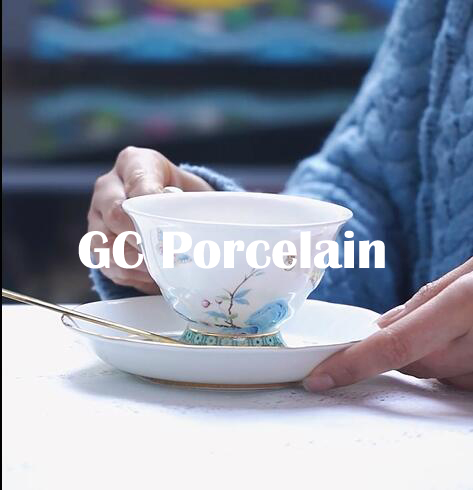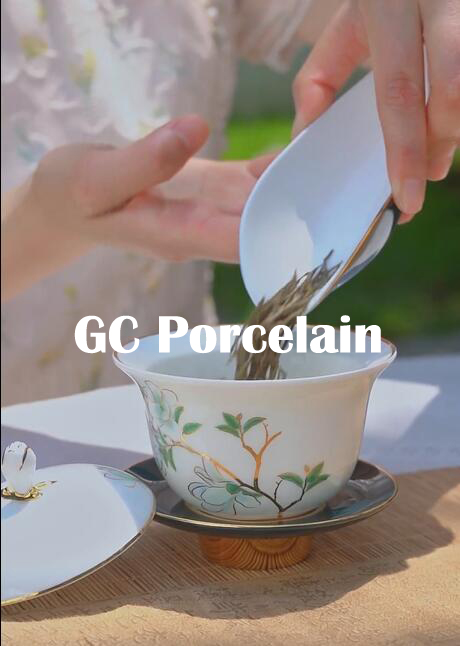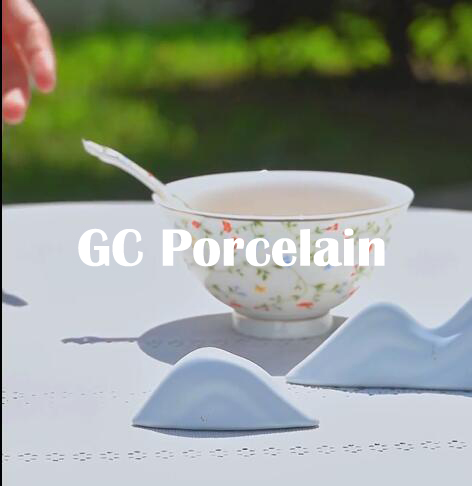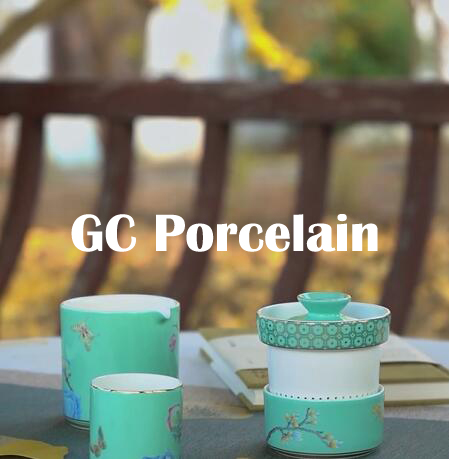Introduction
Welcome, everyone! Ever been captivated by the intricate beauty of China porcelain? You're not alone. This art form has been enchanting people for centuries. But how do you navigate buying such pieces? Fear not! This blog will be your guide, unraveling the mystery and allure of China porcelain, from its rich history to tips on purchasing your very own. Let's embark on this fascinating journey together!

The Historical and Cultural Significance of Chinese Porcelain
- Origin and Development: China porcelain, also known as "china," originated in the East during the Tang Dynasty, around 7th century AD. Its production was refined during the Song Dynasty, leading to the creation of the famous blue-and-white porcelain during the Yuan Dynasty. This art form has evolved over centuries, reflecting the changing tastes and technological advancements of each era.
- Global Impact and Status: China porcelain is renowned worldwide for its beauty and craftsmanship. It was highly sought after along the Silk Road and later by European traders, leading to the term "china" becoming a generic term for high-quality porcelain. Its influence can be seen in the ceramics of many cultures, from Islamic art to European pottery.
- Symbolism in Chinese Culture: In Chinese culture, porcelain is more than just a beautiful object. It represents the harmony of nature and art, embodying the Chinese philosophy of balance and refinement. It's also a symbol of status and wealth, often used in important ceremonies and as diplomatic gifts, reflecting its deep-rooted significance in Chinese society.

The characteristics of the major types of China porcelain
| Type of Porcelain | Characteristics | Source |
|---|---|---|
| Blue-and-White Porcelain | Known for its white body and blue decorations, often depicting landscapes, flowers, or birds. Originated during the Yuan Dynasty. | Metropolitan Museum of Art |
| Famille-Rose Porcelain | Characterized by delicate, complex designs in a palette of soft colors, including pink and green. Developed during the Qing Dynasty. | Victoria and Albert Museum |
| Jade Porcelain | Noted for its translucent, jade-like quality. It's often left undecorated to highlight the beauty of the porcelain itself. | National Palace Museum |
When identifying and purchasing China Porcelain
| Aspect | Considerations |
|---|---|
| Authenticity | Look for marks of the maker or dynasty on the bottom of the piece. Check for signs of age, such as crackling in the glaze. However, be aware that some reproductions are very good and may also have these features. |
| Quality Standards | High-quality China Porcelain should have a fine, thin body, a smooth and glossy glaze, and well-executed, detailed decorations. The piece should be free of cracks, chips, or other damage. |
| Purchase Channels | Reputable antique stores, auctions, and online platforms specializing in antiques can be good sources. Always check the seller's reputation and return policy. When buying online, ensure clear, detailed photos are provided. |
Remember, it's always a good idea to consult an expert if you're unsure about a piece's authenticity or value.
The British Museum houses one of the largest collections of Chinese porcelain in the world, including pieces from every dynasty. Their collection demonstrates the importance of provenance in collecting. Each piece's history and authenticity are carefully documented. (Source: British Museum)
The Victoria and Albert Museum provides guidelines for caring for ceramics. They recommend handling pieces with clean hands, avoiding extreme temperatures and light exposure, and cleaning with a soft brush. For example, the museum's Ming dynasty porcelain is carefully preserved following these guidelines. (Source: Victoria and Albert Museum)
Remember, each piece of porcelain is unique and may require specific care. Always consult an expert if unsure.
In conclusion
the world of Chinese porcelain is a journey into centuries of artistry, culture, and history. Whether you're a seasoned collector or a curious beginner, understanding its origins, types, and cultural significance can enhance your appreciation. Remember, buying and collecting porcelain is not just about owning beautiful objects, but also about preserving a piece of China's rich heritage. Happy collecting!
If you have any questions or need to custom dinnerware service, please contact our Email:info@gcporcelain.com for the most thoughtful support!






